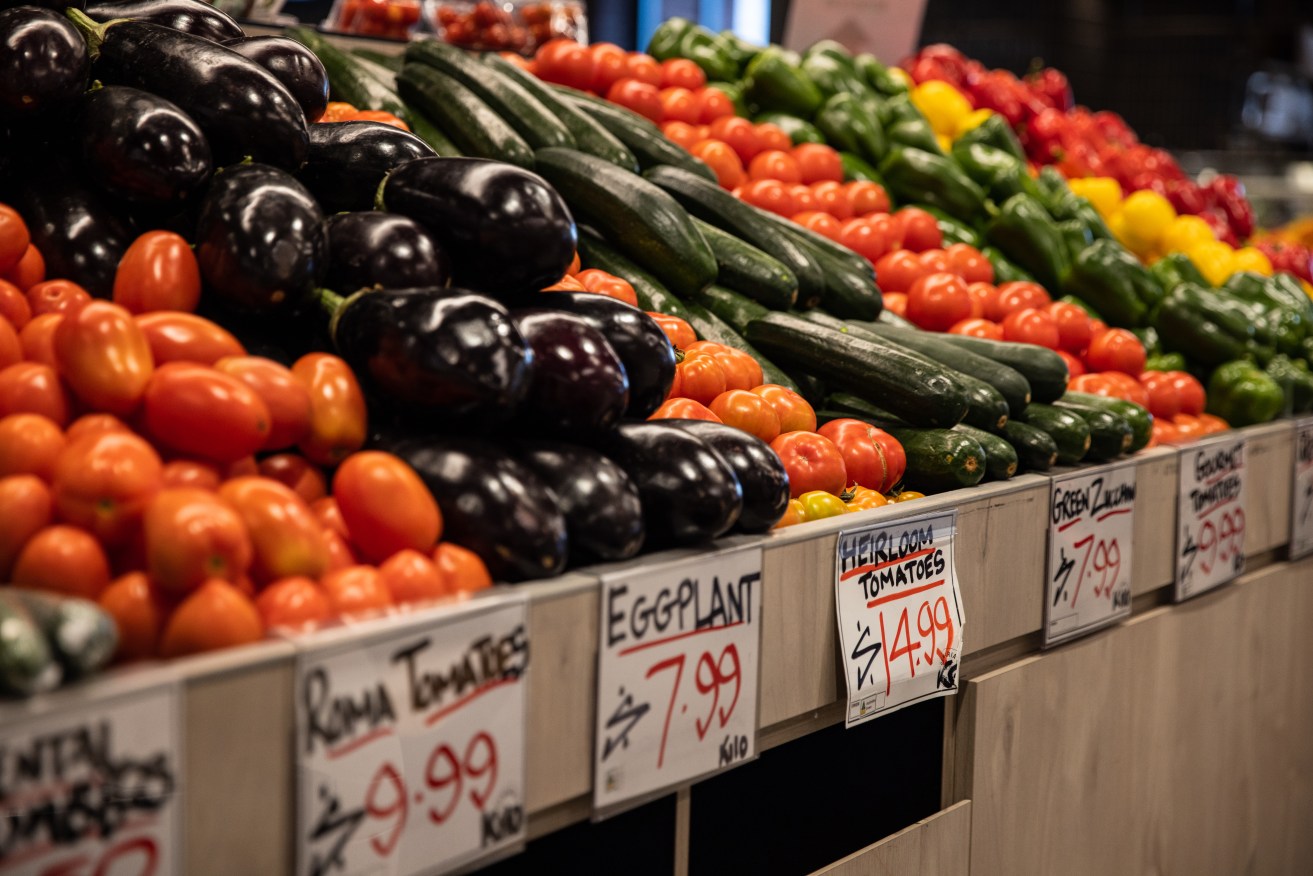Putting food on the table getting harder as costs soar


The profile of people struggling to feed themselves is changing, with many in well paid jobs. Photo: AAP
Australians are finding it harder to feed their families, with 3.7 million households going hungry in the past year.
Foodbank Australia’s latest report released on Monday, has found 36 per cent of all households are struggling with food insecurity – an increase of 383,000 from a year earlier.
Of those, 77 per cent cent are facing it for the first time.
The Foodbank Hunger Report 2023 examined data taken from almost 4500 Australians and found 60 per cent of the households in trouble had someone living there in paid work.
The researchers say the profile of those struggling is changing, with many working in mid-to-high earning jobs and living in metro areas.
Foodbank CEO Brianna Casey said younger generations faced the tightest squeeze, with two-thirds of those affected by food insecurity aged under 45.
The rising cost of housing and the price of food is pushing people into a situation where they have to sacrifice to make ends meet.
“We have an increasing number of people struggling to secure adequate food and the housing crisis is only exacerbating the problem, with half of all renters and a third of all mortgage holders food insecure in the last 12 months,” she said.
The survey found 94 per cent of participants said cutting spending on food and groceries was the first thing they did to save money, with produce and proteins first on the chopping block.
Australia faces a cost-of-living crisis pumped up by increasing costs for everything including petrol and food, and a supercharged housing market leaving younger generations facing a lifetime of renting.
Interest rates have climbed significantly in the past 12 months, leading to large increases in rent and mortgages, with the possibility of another rise before Christmas.
Tweet from @FoodbankAus
Foodbank’s report came as petrol prices by more than 7 per cent in the three months to September, piling further pain on households.
Treasury expects the jump in the cost of fuel to add a quarter of a percentage point to inflation for the September quarter when the latest consumer price index figures are released on Wednesday.
Treasurer Jim Chalmers said inflation was proving more persistent both globally and in Australia, which would be reflected in the quarterly inflation figures.
“Higher petrol prices and the costs of other essentials are putting Australians under the pump and that’s why our government’s primary focus is to address inflation and the cost of living,” he said.
“That’s why we’re rolling out $23 billion in relief through our 10-point plan to ease cost-of-living pressures, in responsible ways that don’t add to inflation.”
Casey said Foodbank’s research found 48 per cent of the total population felt anxious about, or struggled to consistently get enough food.
“We are fast heading towards a reality where more than half the population will know what food insecurity is because they are experiencing it themselves,” she said.
“In a country where we produce enough food to feed our population three times over, this should not be happening.”
In Anti-Poverty Week, Foodbank has urged the federal government to do more to deal with growing rates of poverty in Australia.
-with AAP








